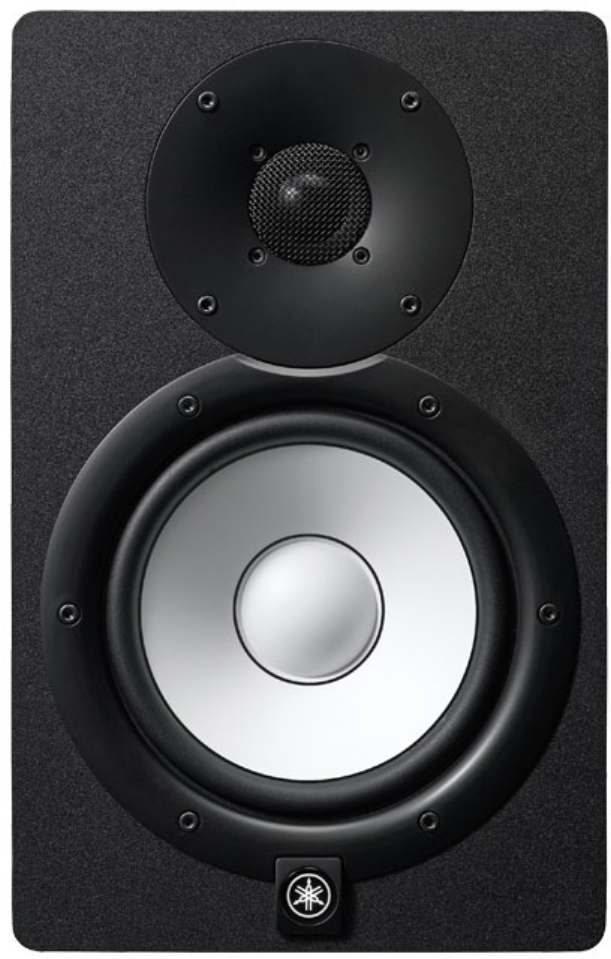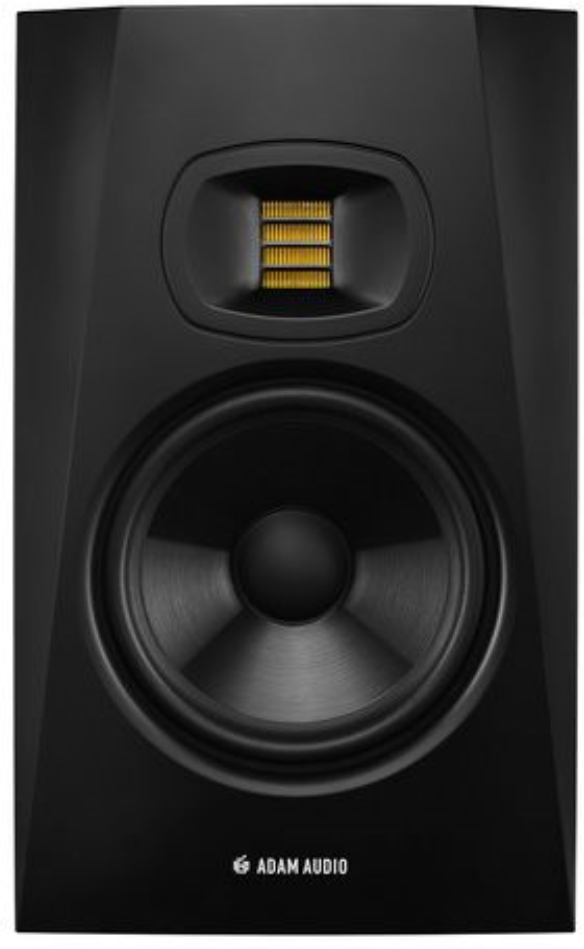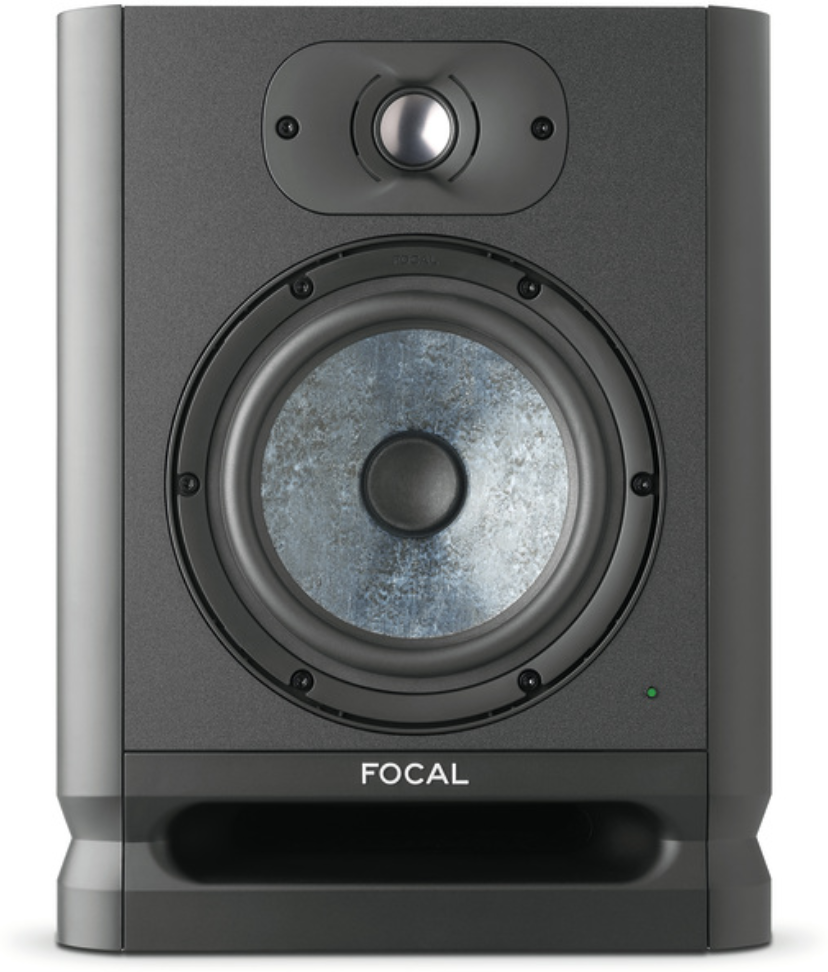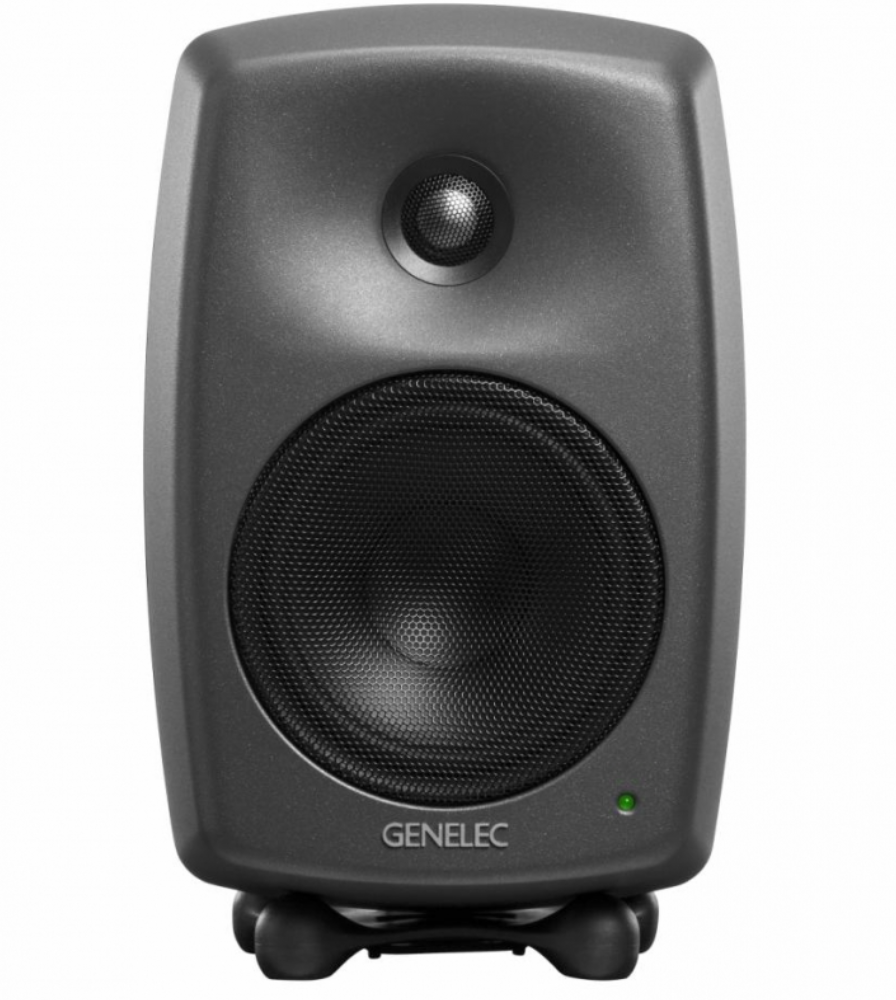best monitor speaker brands
Yamaha
Yamaha is a benchmark in the world of professional audio. HS series speakers are renowned for their precision and neutrality. They
reliable mixing without surprises. Easy to set up, they appeal to home studios and experienced sound engineers alike. Their sober design is directly inspired by the legendary NS-10, an essential reference in the studios of the '80s and '90s.
KRK
KRK is a brand with a strong presence in home studios. The Rokit series is renowned for its generous bass and adaptability. Thanks to its integrated DSP and the KRK
KRK application, it can be easily adjusted to the working environment. It's a modern, intuitive solution, highly prized by beatmakers, content creators and urban music producers.
Focal
Focal offers monitoring loudspeakers of meticulous design and French manufacture. The Alpha Evo models are powerful, precise and designed with innovative materials such as SlateFiber membrane. This brand stands out for its excellent balance between design, performance and affordability. Perfect for those looking for detailed sound and high-end construction.
Adam Audio
Adam Audio is acclaimed for its ribbon tweeters, which deliver incredible high-frequency precision. The T series loudspeakers are highly appreciated for their value for money, and their clarity. They are effective working tools for complex mixes, particularly in electronic music, pop and post-production.
Genelec
Genelec is aimed at professionals seeking excellence. The Finnish brand is renowned for its sonic fidelity, advanced technology and compact design. Genelec loudspeakers offer formidable precision, very low distortion and consistent behavior at all volumes. Their robust finish and ISS technology make them a long-term choice for recording and mastering studios.
How to choose the right monitor speakers?
Frequency range and sonic neutrality
Frequency response determines the speakers' ability to faithfully reproduce low, mid and high frequencies, which is essential in mixing and mastering. A wide range, ideally from 40 Hz to 20 kHz, ensures detailed, balanced reproduction. Unlike Hi-Fi speakers, which embellish the sound by accentuating certain frequencies, monitoring speakers are designed to be neutral. This neutrality ensures a faithful mix that will sound good on all listening systems. The best monitoring loudspeakers maintain this neutrality even at high volumes, avoiding any undesirable coloration.
Boomer size
The woofer plays a crucial role in bass reproduction. A 5" to 8" woofer is recommended for home studios, while larger models are more suitable for professional environments. The wider the woofer, the deeper the bass without distortion.
Distortion rate and amplifier class
Low harmonic distortion guarantees clean, accurate sound. A level of less than 1% is recommended to avoid unwanted coloration of the sound, especially at high volumes. Modern monitoring loudspeakers often use Class D amplifiers for their energy efficiency
energy efficiency and low temperature rise. Some top-of-the-range speakers use class A/B amplification for a more Hi-Fi sound and better reproduction of tonal nuances.
Tweeter technology
Tweeters influence the clarity and precision of high frequencies. Ribbon models offer excellent definition, while soft dome tweeters deliver a softer, more natural sound reproduction.
natural sound reproduction.
Active vs. passive speakers
Active loudspeakers are widely preferred in the studio, as they incorporate an amplifier optimized to work with the speakers, guaranteeing precise, homogeneous reproduction. Unlike passive loudspeakers, which require an external amp and painstaking adjustments, active monitors offer simpler installation and optimal sound control. What's more, their bi-amplification allows bass and treble frequencies to be separated between two dedicated amplifiers, improving clarity and sound quality.
Connections and dimensions
In the studio, good connectivity is essential to avoid interference and ensure a clean signal. XLR and TRS connections are the most recommended, as they minimize parasitic noise. RCA inputs, though practical, are more susceptible to interference. In terms of footprint, compact speakers are ideal for small spaces, while larger models require installation in a larger studio.
Speaker size and placement
Two elements are essential for the correct positioning of monitoring speakers: height and angle.
They should be placed at ear height, forming an equilateral triangle with the listening position (60° angle). Avoid sticking them to walls to limit resonance, and use insulating supports to reduce parasitic vibrations. The "sweet spot" is the ideal listening position, where the stereo image and frequency response are most accurate.
Another criterion not to be overlooked: speaker size. It has a direct influence on low-frequency response. Common sizes are 5", 7" and 8", depending on the size of your room. In a home studio or small space, 5" speakers are often sufficient, while 7" or 8" models are better suited to larger rooms or jobs requiring greater bass extension.
Essential accessories to buy with monitor speakers
Speaker stands or stands
Stands isolate speakers from the desk and reduce vibrations. They also enable monitors to be placed at the right height for optimal listening.
Star's Music , we offer the X-tone series.
Isolation foams
Placed under speakers, they minimize resonance and improve sound precision by limiting vibrations transmitted to furniture or desks.
Quality audio cables
Use balanced cables (XLR or TRS) to guarantee a clean signal, free from noise and interference.
Audio interface
To get the best from your loudspeaker, we recommend the use of a dedicated external audio interface or sound card. The interface enables better digital/analog conversion than a simple computer headphone output.
Acoustic correction system
And finally, if your room is untreated, a calibration system (such as Sonarworks or the tools built into certain speakers) can help you compensate for the acoustic
of your environment.
FAQ
What size and power should I choose?
Size and power depend on your workspace. For a home studio, a 5" to 7" woofer and 50W to 100W of power are sufficient. For a larger studio
monitor speakers.
How to position speakers correctly?
Ideally, speakers should be placed at ear level, forming an equilateral triangle with the listener (60° angle). It is advisable to keep them away from
and use acoustic foam to avoid resonance. The "sweet spot" is the optimum listening position where the stereo image and frequency response are most accurate.
How do I deal with noise and interference?
Use XLR or TRS cables to avoid parasitic noise. Position speakers away from sources of electromagnetic interference.
Monitor speakers or headphones for mixing?
Monitoring speakers offer a more faithful audio rendering in the room, but good studio headphones are useful for detecting very fine elements in the mix (parasitic noise, masked frequencies) thanks to their direct proximity to the ears.
Should I add a studio cabinet?
A studio subwoofer can improve bass accuracy, especially when mixing electronic music or film.
What are the advantages of active versus passive monitor speakers?
Active studio speakers incorporate an optimized amplifier, simplifying installation and optimizing performance by matching the amplifier to the transducers. Unlike passive loudspeakers, which require an external amplifier, active monitors are now widely preferred for their practicality and consistency of sound.
What is the main advantage of a bi-amplified loudspeaker?
A bi-amplified monitor speaker has two separate amplifiers, one for the woofer and one for the tweeter. This means better power distribution, reduced distortion and more accurate sound reproduction, particularly in the midrange and treble.





